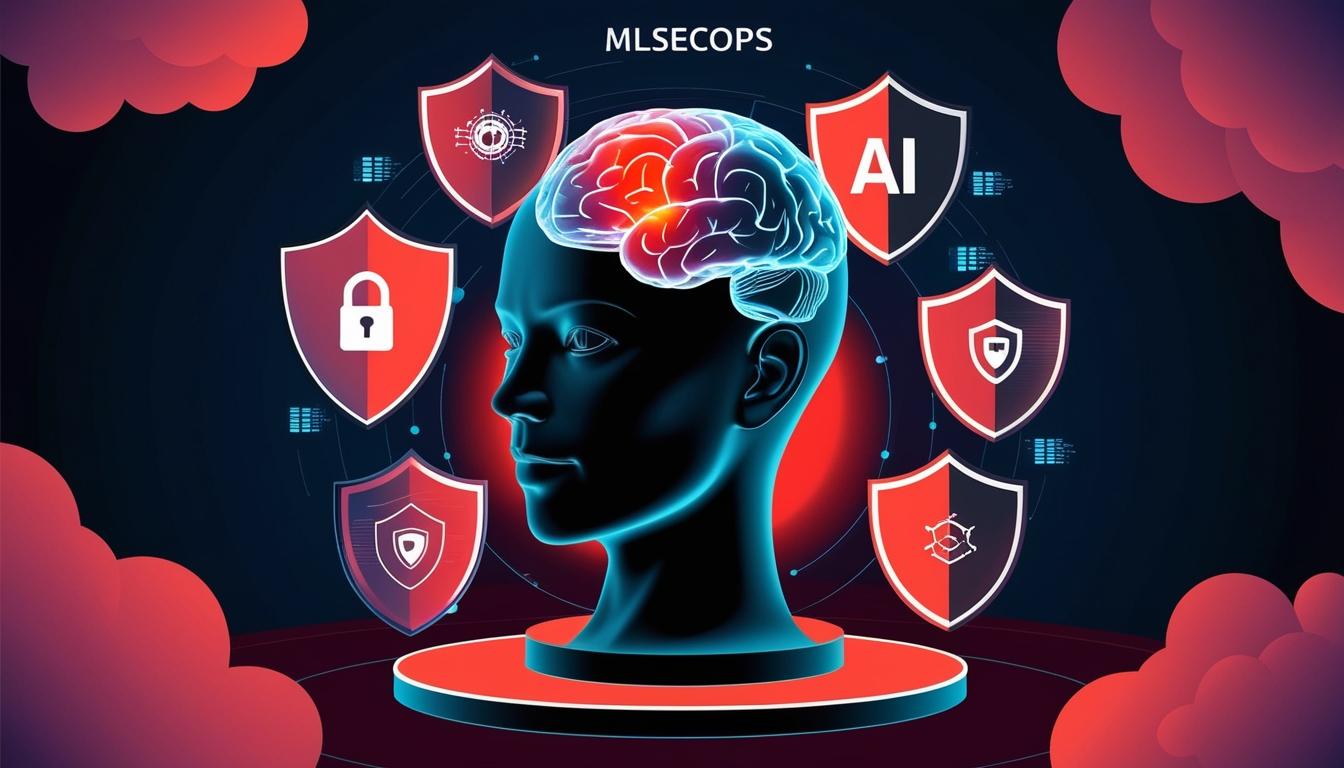As automation through artificial intelligence (AI) and machine learning (ML) continues to transform various industries, businesses increasingly leverage these technologies to optimise operations, enhance decision-making, and drive growth. Applications of AI and ML span a wide range of sectors, including finance and healthcare, where they serve critical roles such as fraud detection and diagnostic imaging. However, the rapid integration of AI/ML technologies also presents unique security challenges that necessitate a reassessment of existing practices.
The ongoing deployment of AI and ML systems creates an environment vulnerable to distinct threats, such as model tampering, data leakage, and adversarial attacks. These security concerns surpass the capacities of traditional software security measures, signalling a need for organisations to adopt more robust strategies. Diana Kelley, chief information security officer at Protect AI, highlights the emergence of Machine Learning Security Operations (MLSecOps), a framework designed to embed security within the AI/ML lifecycle, as a potential solution.
AI systems simulate human intelligence, while ML, a specific branch of AI, enables these systems to independently improve their performance through data analysis. In financial services, for instance, AI platforms monitor transactions for fraudulent activity, while ML algorithms constantly adapt to recognise evolving patterns of fraud. Such reliance on data emphasises that the security of AI is only as sound as the data it is trained upon.
The implementation of MLOps, akin to the DevOps model used in conventional software development, has arisen to facilitate the deployment and maintenance of AI/ML models. However, MLOps and DevOps diverge in that ML models require ongoing retraining with new data, creating new vectors for attacks. Security measures, therefore, must evolve to protect against these emerging threats.
MLSecOps is rooted in the principles of DevSecOps, which integrates security into every aspect of the software development lifecycle. Just as DevSecOps has become a standard for safeguarding applications, MLSecOps aims to ensure that security practices are inherent in the MLOps process. This includes monitoring activities from the initial stages of data collection through model training, deployment, and ongoing assessment.
Among the key security threats faced by AI and ML systems are model serialization attacks, where malicious code can be injected into an ML model, effectively transforming it into a vehicle for compromise upon deployment. Data leakage represents another significant risk, occurring when sensitive information is exposed, while adversarial prompt injections can mislead generative AI models into producing erroneous or harmful outputs. Additionally, AI supply chain attacks threaten the integrity of ML assets and data sources.
MLSecOps offers a comprehensive approach to mitigating these risks by securing data pipelines, scanning models for vulnerabilities, and monitoring for anomalies in behaviour. Collaboration between security experts, ML practitioners, and operations teams is essential for comprehensively addressing the complexities presented by these technologies. This team-oriented approach ensures that security protocols are seamlessly integrated into the workflows of data scientists, ML engineers, and AI developers.
Implementing MLSecOps involves a cultural shift as well as operational changes. Chief information security officers (CISOs) must advocate for improved collaboration among security, IT, and ML teams, which often work in isolation, leading to security vulnerabilities. Organisations can initiate the transition to MLSecOps by conducting audits to identify security gaps and establishing robust controls for data management and model deployment.
As the role of AI in organisational operations continues to expand, so too must strategies for securing these systems. Adopting an MLSecOps framework not only fortifies organisations against ever-evolving threats but also aligns security practices with the specific challenges inherent throughout the AI technology lifecycle. Through this holistic approach, businesses can maintain high-performing systems while ensuring that their AI applications remain resilient and secure.
Source: Noah Wire Services
